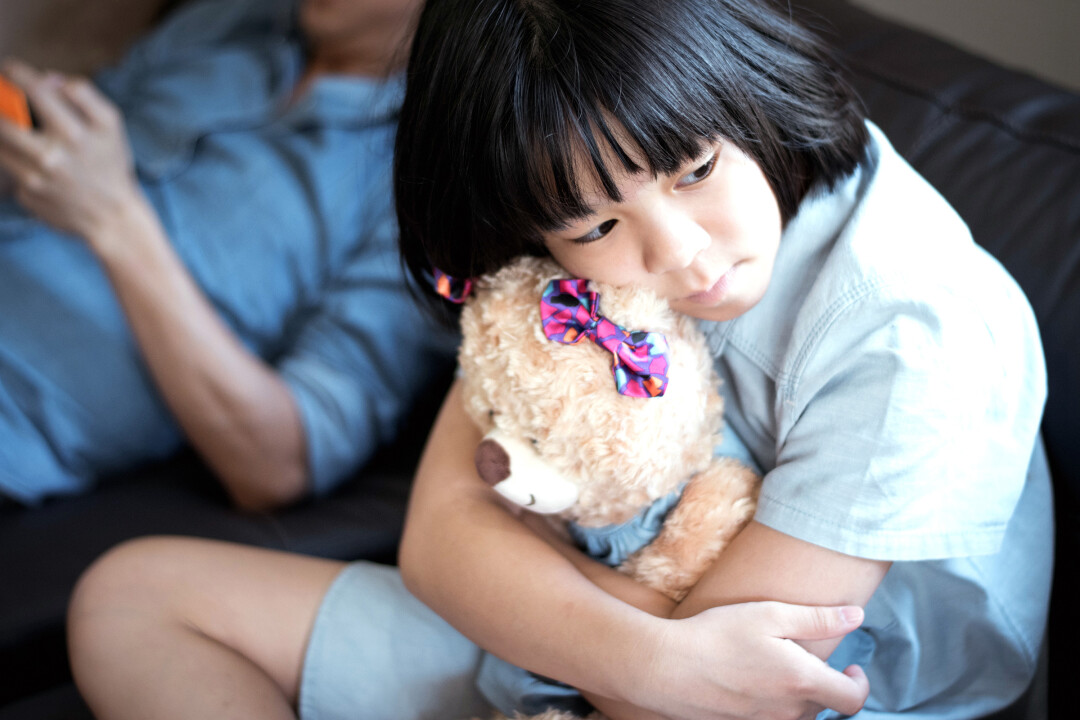Understanding How Kids Grieve
Kids who have experienced loss need support, coping tools

Children often are referred to as the forgotten or invisible grievers. We may not always see a child’s grief on the outside. But on the inside, that child may be feeling and reacting to emotions that are difficult to process and understand. Children have a wide range of reactions that can be impacted by many different variables.
A child’s behavior often can be regressive, and feelings may not be verbalized. It is important to realize that while a child may not be talking about a loss, he or she is most certainly thinking about it. When a loved one dies, it is a lifelong loss for the child, and it can be challenging for parents and caregivers to know what to say or do.Grief also is cyclical for children.
A child may grieve the loss multiple times through different developmental stages in life as understanding deepens. Like adults, children vary in expression and experience of grief. Similarly, there is no right or wrong way to grieve. We may think of children as being resilient, but it is only through understanding, support, and coping tools that resiliency can be fostered.
Parents and caregivers can’t protect a child from the pain of loss. Creating a warm, safe, and accepting environment for children supports the grief experience and creates the foundation for healing. Children grieve differently than adults and are not able to stay with the emotions and experiences for long amounts of time.
You may see a child in tears one moment, and then off and playing the next. It is important to take your cues from the child. Offer answers to questions but don’t overload with more information than what he or she is asking. It’s OK to be honest and direct. Children need to know the truth to build trust. Ways to support a grieving child include:
Having a consistent and regular routine.
Being patient.
Allowing for expression of grief.
Providing opportunities to remember and talk about the person who has died.
Listening without judgement.
Offering reassurance.
A child may grieve differently than a parent or sibling, and it’s important to recognize individual styles. Lastly, it’s healthy and normal for children to need time for play and laughter and time aside from talking about the loss. This is all part of the healing and grieving process. Every year, the third Thursday in November is designated as Children’s Grief Awareness Day. This day brings attention about how understanding and support can make a difference in the life of a grieving child. It raises awareness of the painful impact that the death of a loved one has in the life of a child and an opportunity to ensure that he or she receives the support needed.
Lisa De Sieno, MSE, LPC, is the director of bereavement services at Mayo Clinic Health System, a community partner of Chippewa Valley Family. She has 25 years of experience in working with bereaved individuals of all ages, including advocating for education and support of grieving children. In past roles she developed an ongoing grief support program for families with children who have experienced the death of loved one, collaborated in the inception of a children’s bereavement camp in Green Bay, and is now offering educational and support programming for grieving families and individuals in the Chippewa Valley.


















